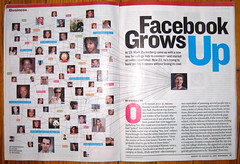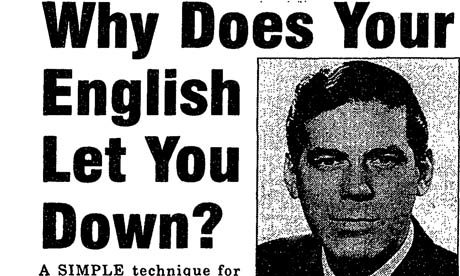
How do you use Facebook? Is it to connect with long forgotten friends or share fun tidbits of your personal life with extended family? If that’s you, well… you are not alone. A great majority of Facebook users maintain Facebook profiles exclusively for personal networking and do not feel Facebook is appropriate for professional networking. I disagree with this approach. Facebook social networking experience should be what you want to make of it and more and more professionals turn to Facebook to maintain professional and/or business presence in addition to a personal one.
What’s wrong with using LinkedIn for my professional networking?
Nothing really. LinkedIn is definitely the channel of choice for professional networking. However, Facebook continues to grow and mature making its security and sharing options more and more robust. All this to ensure that you have choices and your social networking experience is precisely what YOU want to make of it. While you won’t post pictures of your family vacation on LinkedIn, a balanced mix of professional information along with a limited and tasteful glimpse into your personal life could prove to make Facebook the new LinkedIn for those who what to use Facebook for both.
Charlene Kingston in her blog post advocates keeping two separate profiles on Facebook: your personal profile for friends and family and your professional one by creating a “fan page.” This works great for small businesses where the owner of the business has the authority to set up and control the fan page. What if you work in a big company and do not have that luxury? You can still use your Facebook profile as a professional networking tool as long as your follow some basic rules.
Polish your Facebook profile for professional networking
Let’s start with some basics which includes using your real and full name in your profile. This is not only important to ensure that you are easily found on Facebook and on Google when your profile is indexed but also to keep the profile professional. Don’t use nicknames, fictional names or maiden names unless that’s the name you are using in your professional life. Remember to secure your facebook vanity domain name to make it easy to direct others to your Facebook profile with a clean and easy to type in URL.
Also, don’t forget to include your photo in your profile. No avatars, no images of kids or wedding photos please. A simple, tasteful head shot of you will do the trick.
Include detailed information about your area of expertise, your company where you work including website and any other social media channels where corporate presence is maintained. Your contact information and all of your social media channels you maintain presence on should also be listed.
Adjust your security settings
What might be appropriate to share with your family and close friends might not be appropriate to display or share with your colleagues or professional contacts. Don’t just assume the default security settings will keep you out of trouble. Take the time to go through each link in the Privacy area and make adjustments. Nick O’Neal has a great blog posts that will guide you to choose wisely when adjusting your privacy settings.
Consider setting up friends’ groups to control what information is viewable by whom. The groups are also IMPORTANT because according to Facebook you soon will have precise control of what gets shared with whom on the level of individual wall post. You will be able to direct your weekend planning posts to just your family or friends and send posts about the latest whitepaper you’ve read to just your colleagues and professional contacts. Having your friends divided into logical groups will make appropriate sharing a snap. Here is more info. about Facebook’s new privacy settingsincluding the timeline for rolling this enhancement out (courtesy of the Marketing Pilgrim blog).
Add apps selectively
There are tons of applications available for download, but it does not mean that you should go for quantity rather than quality. Yes, you can send virtual gifts to people, play games or display love quotes, but aside from being great time wasters these types of activities will greatly diminish the quality of your profile. Opt for socializing with others through conversations, asking and answering questions, sharing resources and advice rather than playing games.
Join groups related to your business interests
Similarly to LinkedIn, finding and joining quality Facebook groups opens up great opportunities to network with professionals who are interested in what you are interested in and who will pay attention if you display your subject matter expertise there.
Not sure how to find groups? Search for them and see what groups your colleagues have joined. If you find that there is no group that matches your expertise create one, but before you do that please think about your own commitment to maintaining the group. There are a lot of dead groups on Facebook. Don’t let yours be one of them.
Interact with your Facebook friends and group members
There is nothing more powerful than personal interaction. Facebook excels at it and gives you lots of opportunities to engage. Remember though to separate your personal posts from your professional content.
For your professional network interactions consider the following activities
- Asking/answering questions or starting a new discussion thread
- Sharing a resource on your group’s wall particularly articles you have written or articles that quote you
- Commenting on a status message of your colleague
- Sharing a list of your favorite industry books or online resources
- Inviting others or accepting invitation to professional networking events
But don’t attempt to send bulk commercial or self-serving messages to all your friends. Maintaining a professional presence is about finding and developing relationships and not spamming people.



